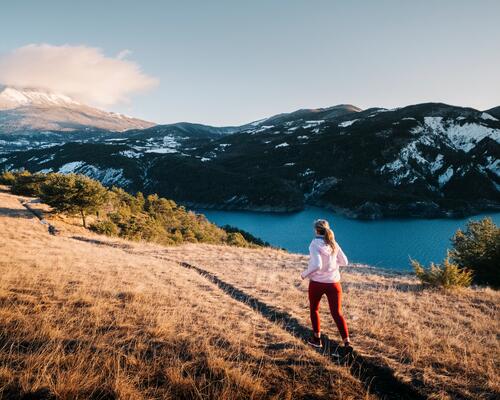DECATHLON's sustainable development objectives
Overall Net-Zero Target: DECATHLON is committed to achieving Net Zero by 2050.
(This means that greenhouse gas emissions are reduced to as close to zero as possible, with the remaining emissions in the atmosphere being reabsorbed, for example by the oceans and forests. Precisely, for DECATHLON, when we use the term Net Zero according to SBTi, we mean that we aim for -90% absolute emissions with neutralization of residual emissions to contribute to global carbon neutrality).
Near-Term Targets: Decathlon commits to reduce absolute scope 1 and 2 GHG emissions 42% by 2030 from a 2021 base year. Decathlon also commits to reduce absolute scope 3 GHG emissions 42% within the same timeframe.
Long-Term Targets: Decathlon commits to reduce absolute scope 1 and 2 GHG emissions 90% by 2050 from a 2021 base year. Decathlon also commits to reduce absolute scope 3 GHG emissions 90% within the same timeframe.
Moving from our previous commitment to reduce our economic intensity (-53% CO2eq./€ in 2026 vs. 2016) to a reduction in absolute CO2 equivalent emissions is a major step forward in our climate strategy. Why talk about absolute CO2? Because reducing our carbon intensity does not necessarily mean that we are emitting less greenhouse gas, and so it seemed essential to make commitments in terms of absolute emission's reduction.








